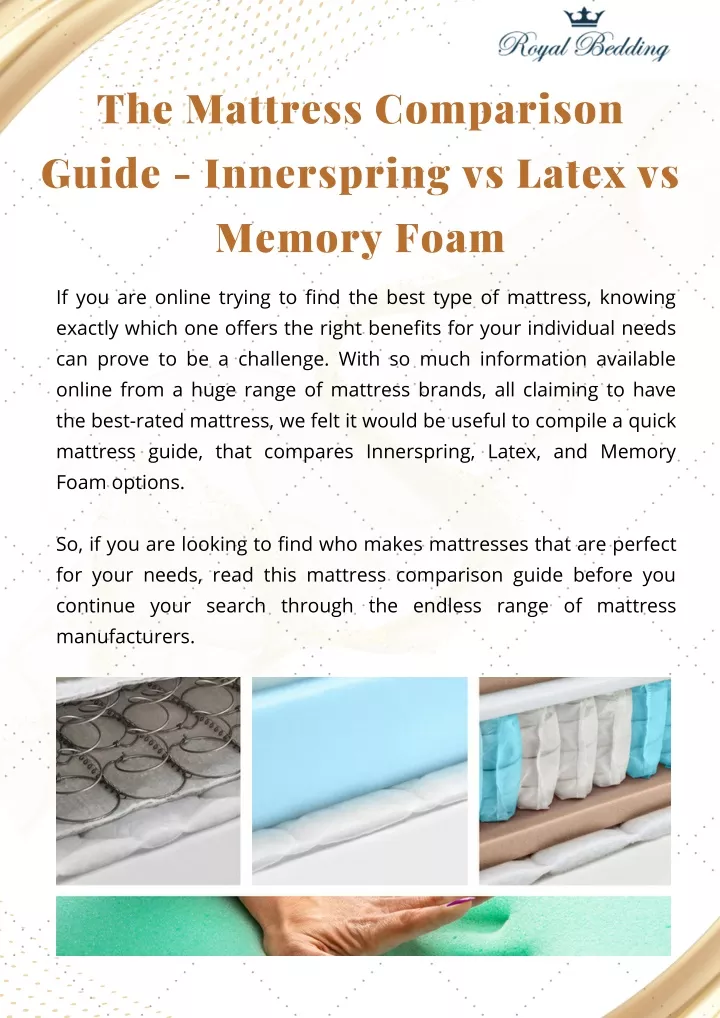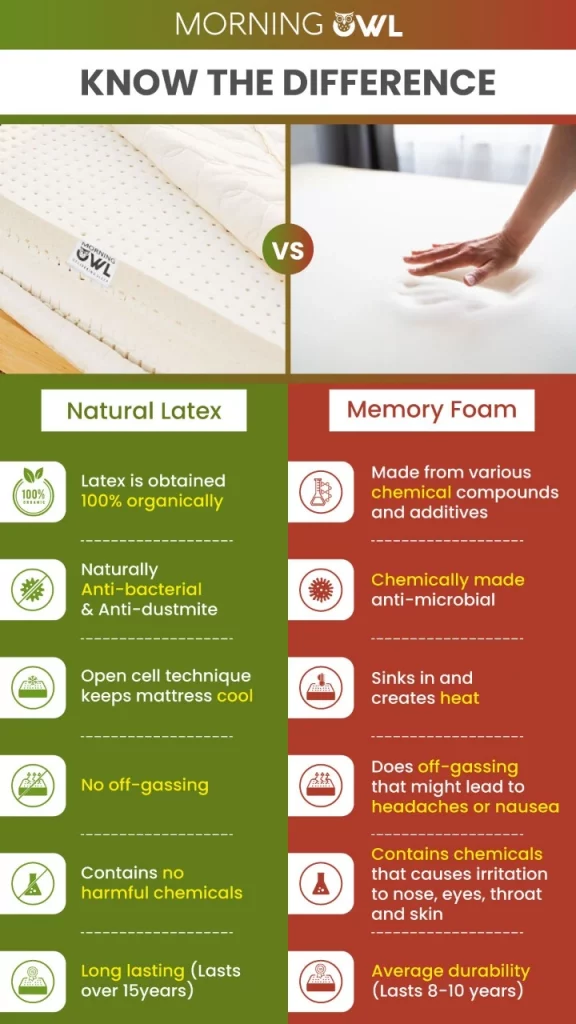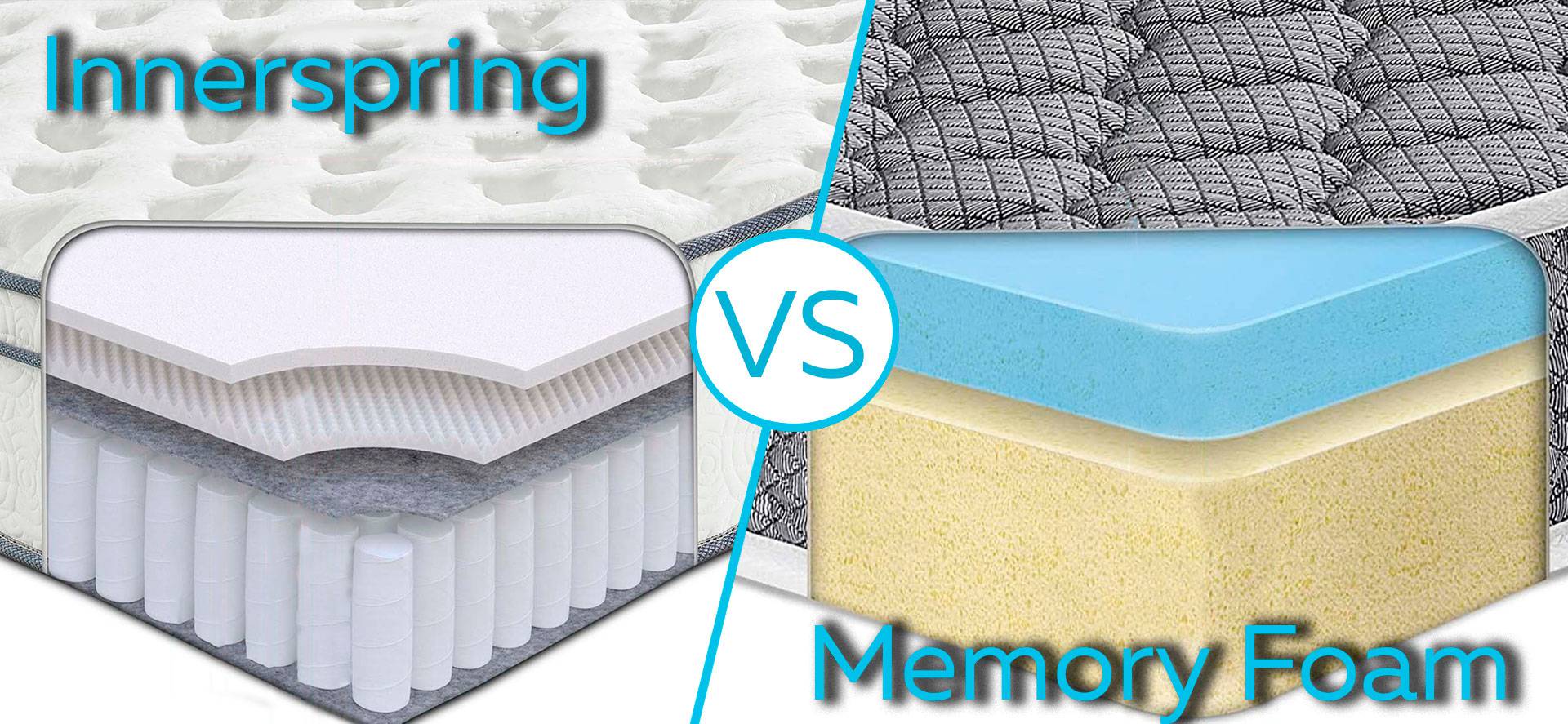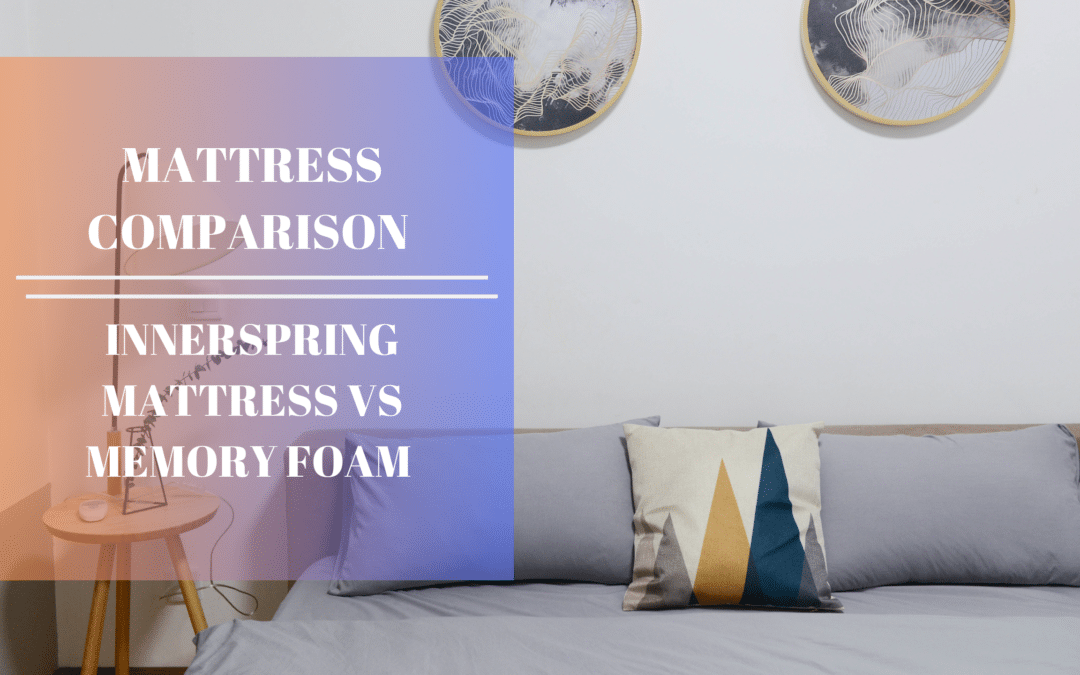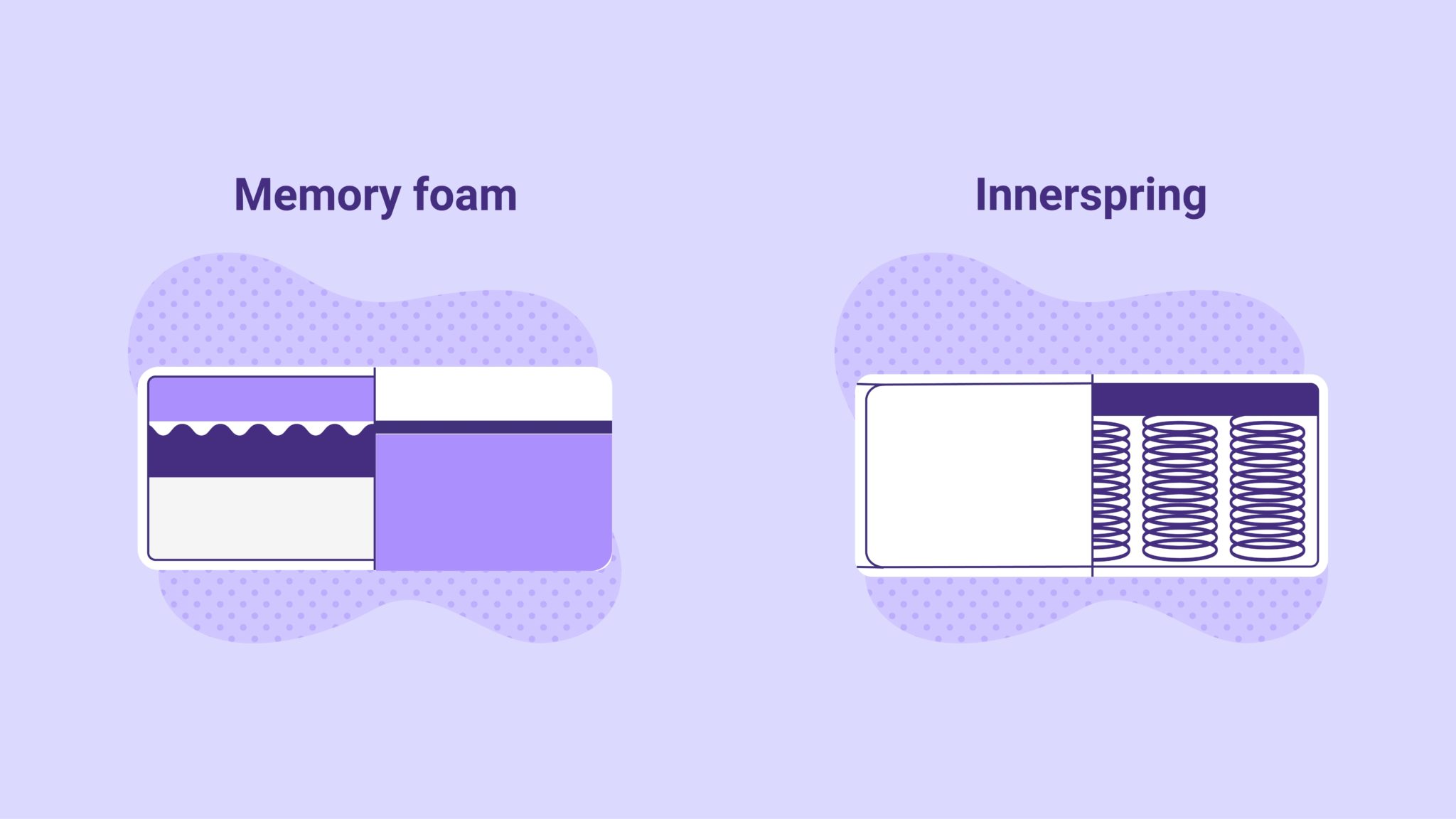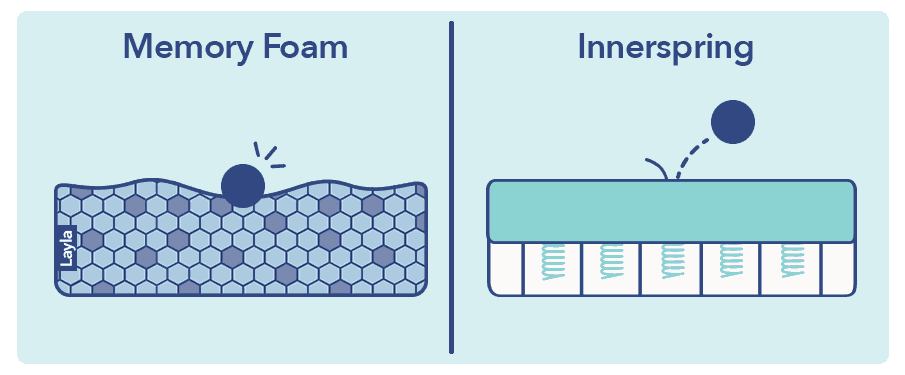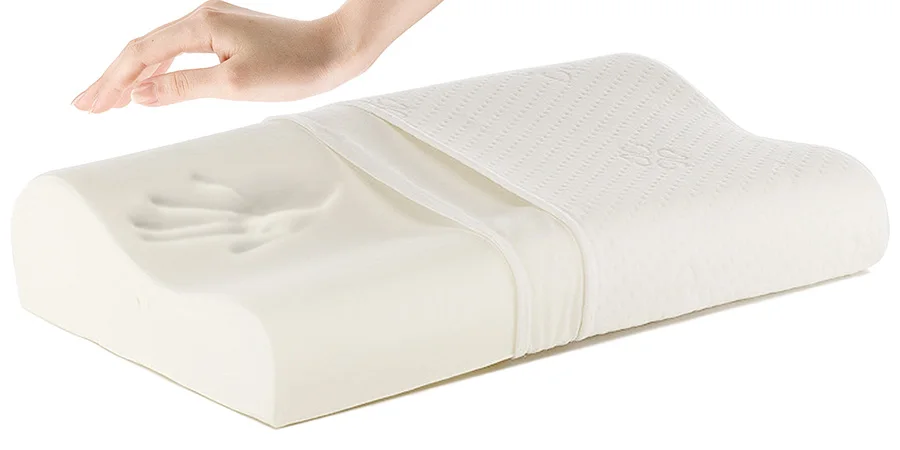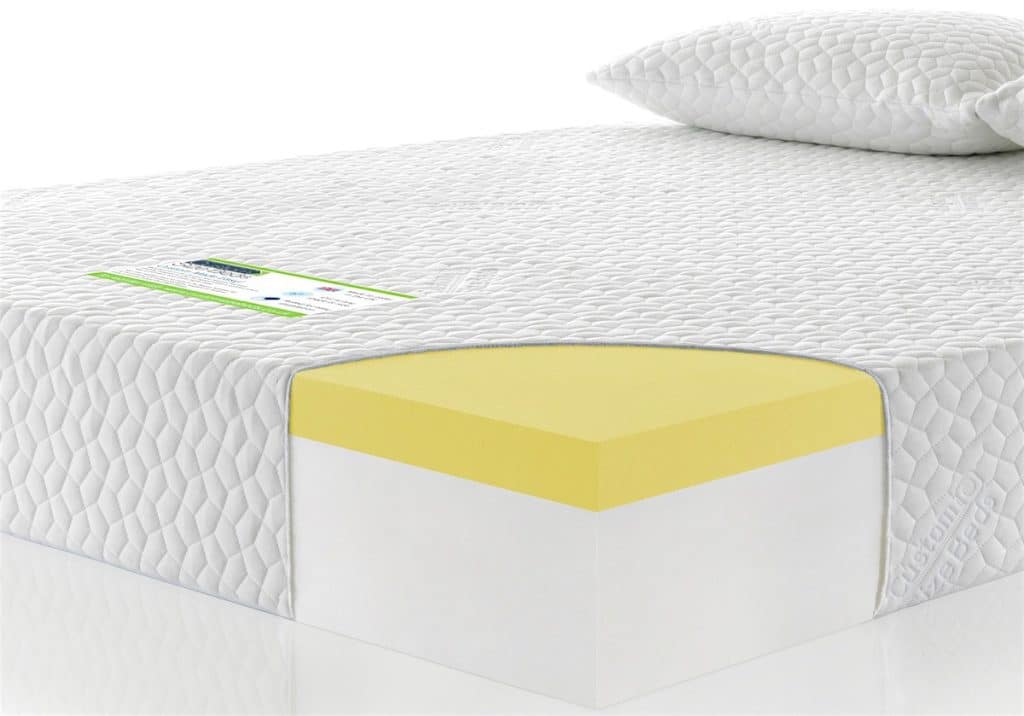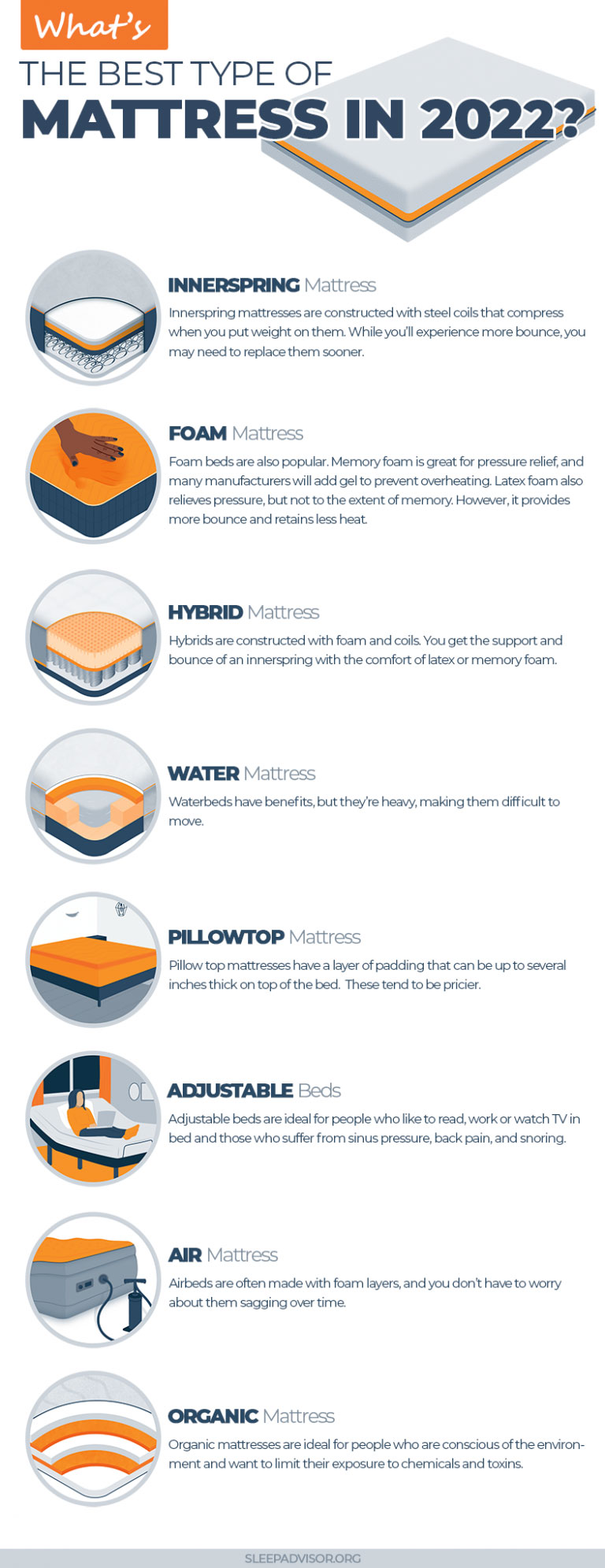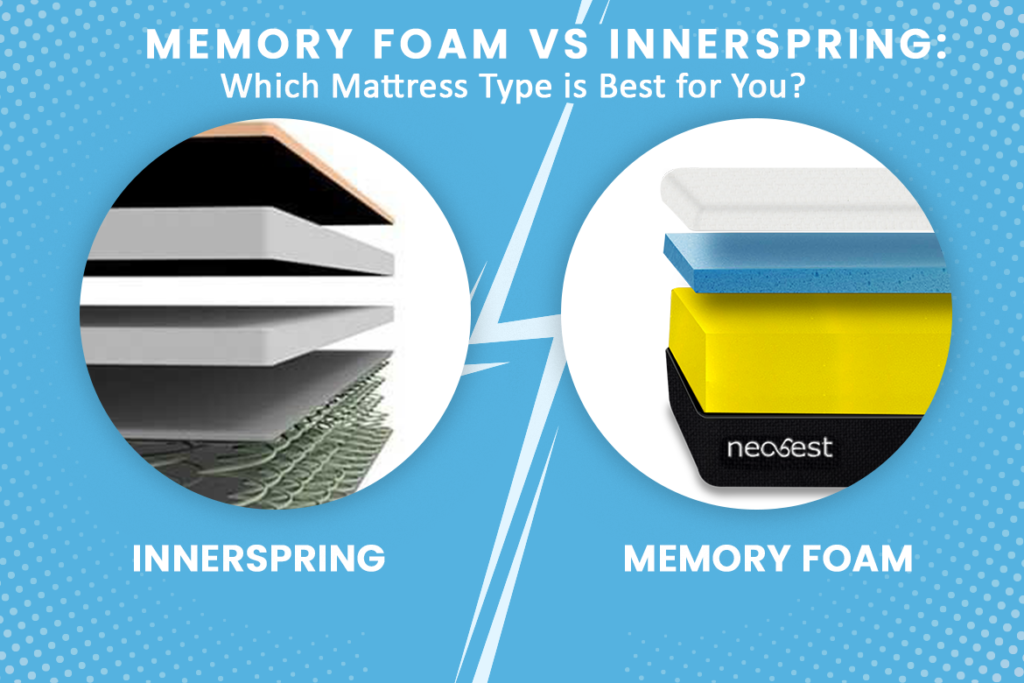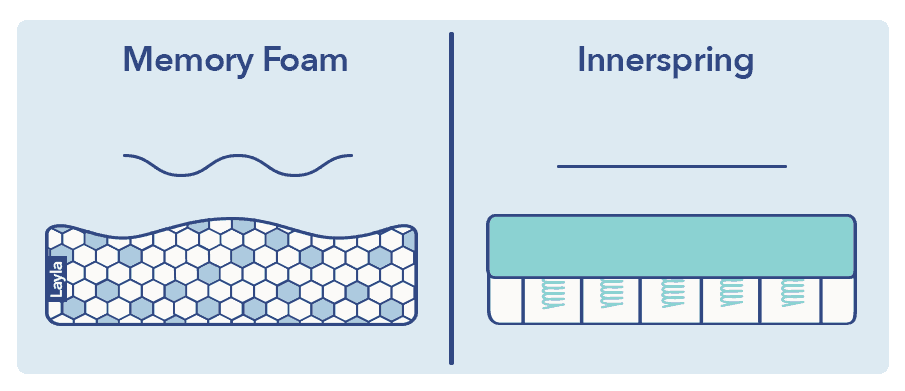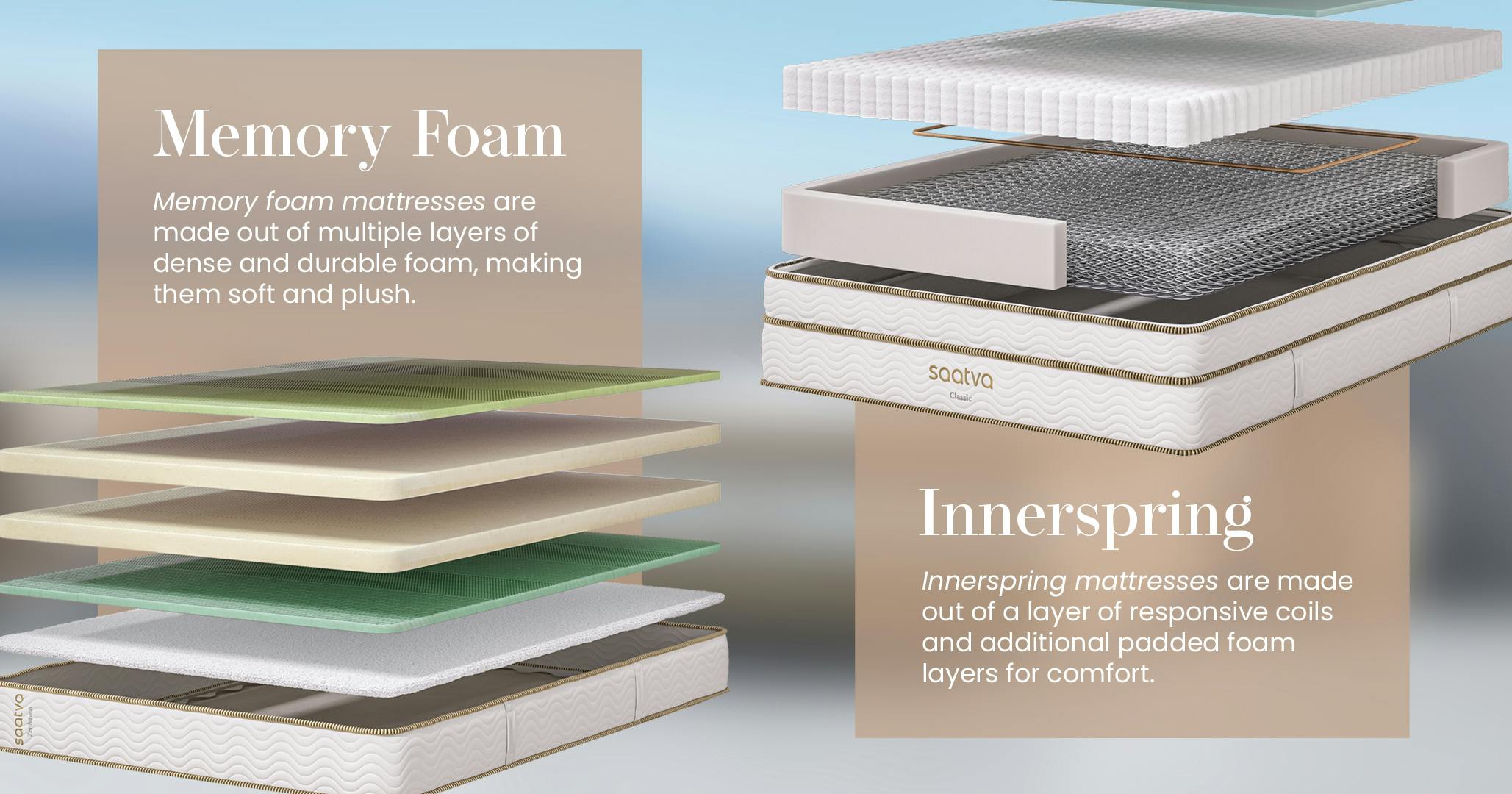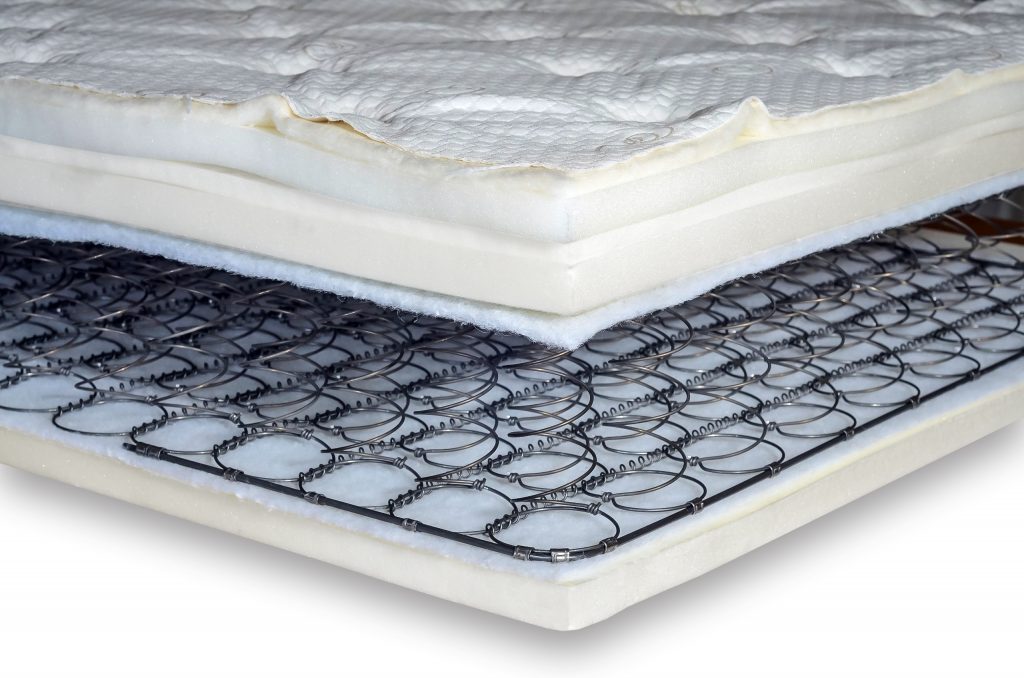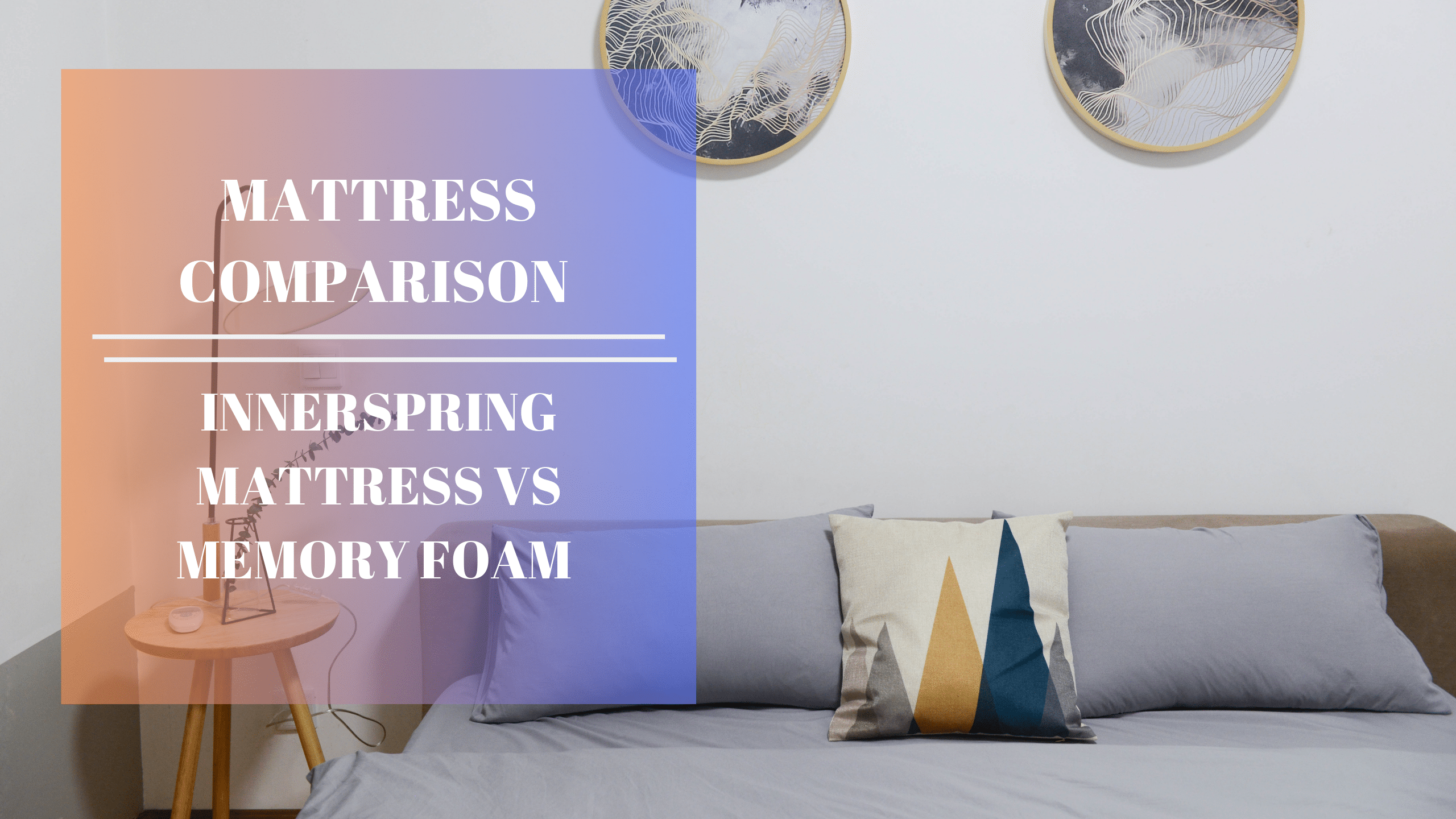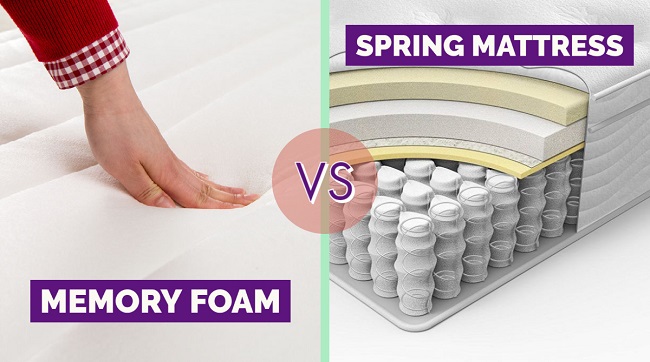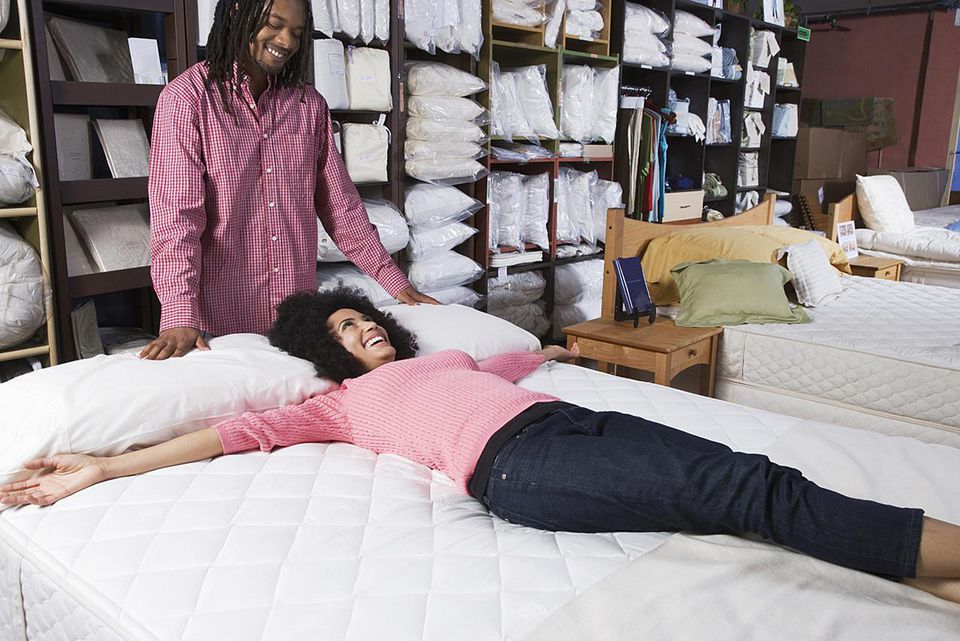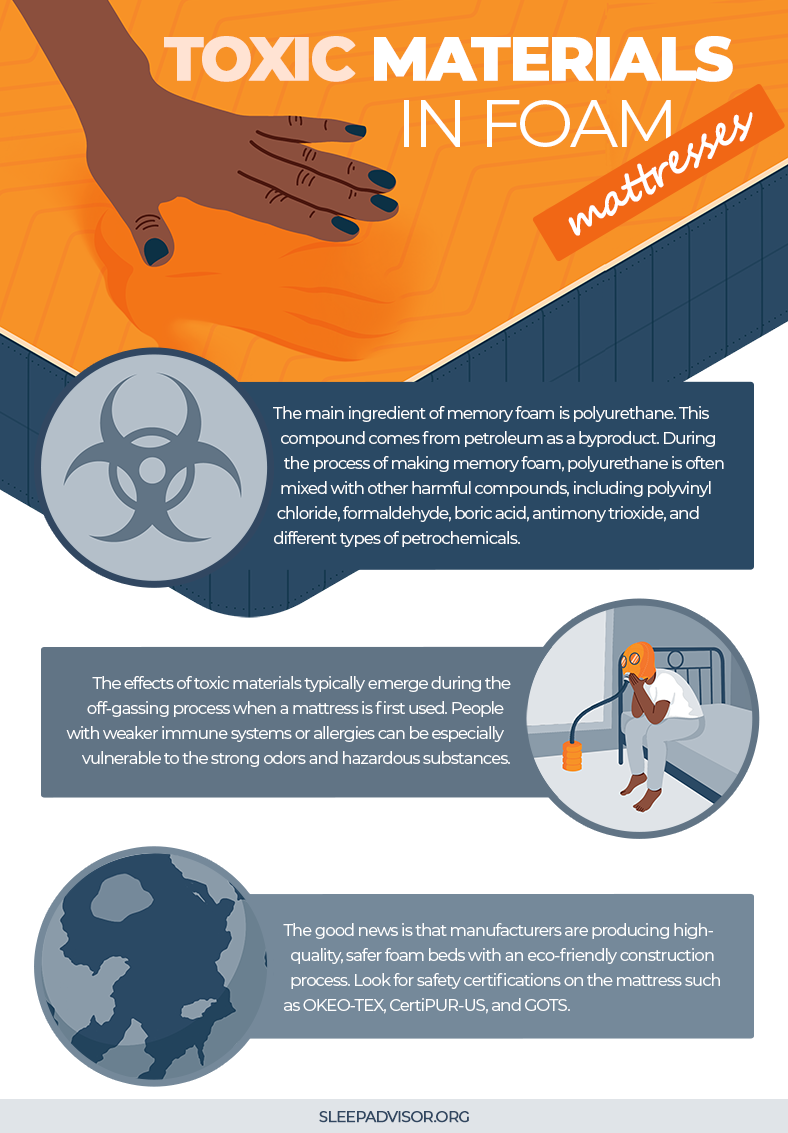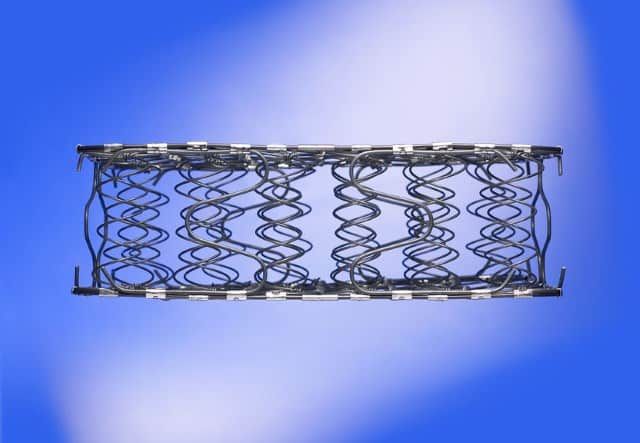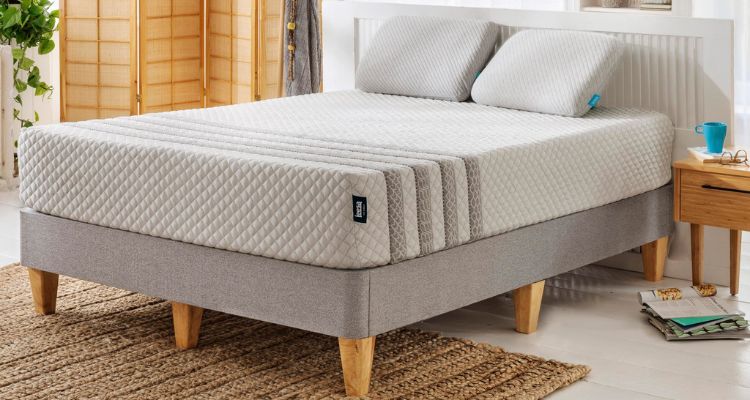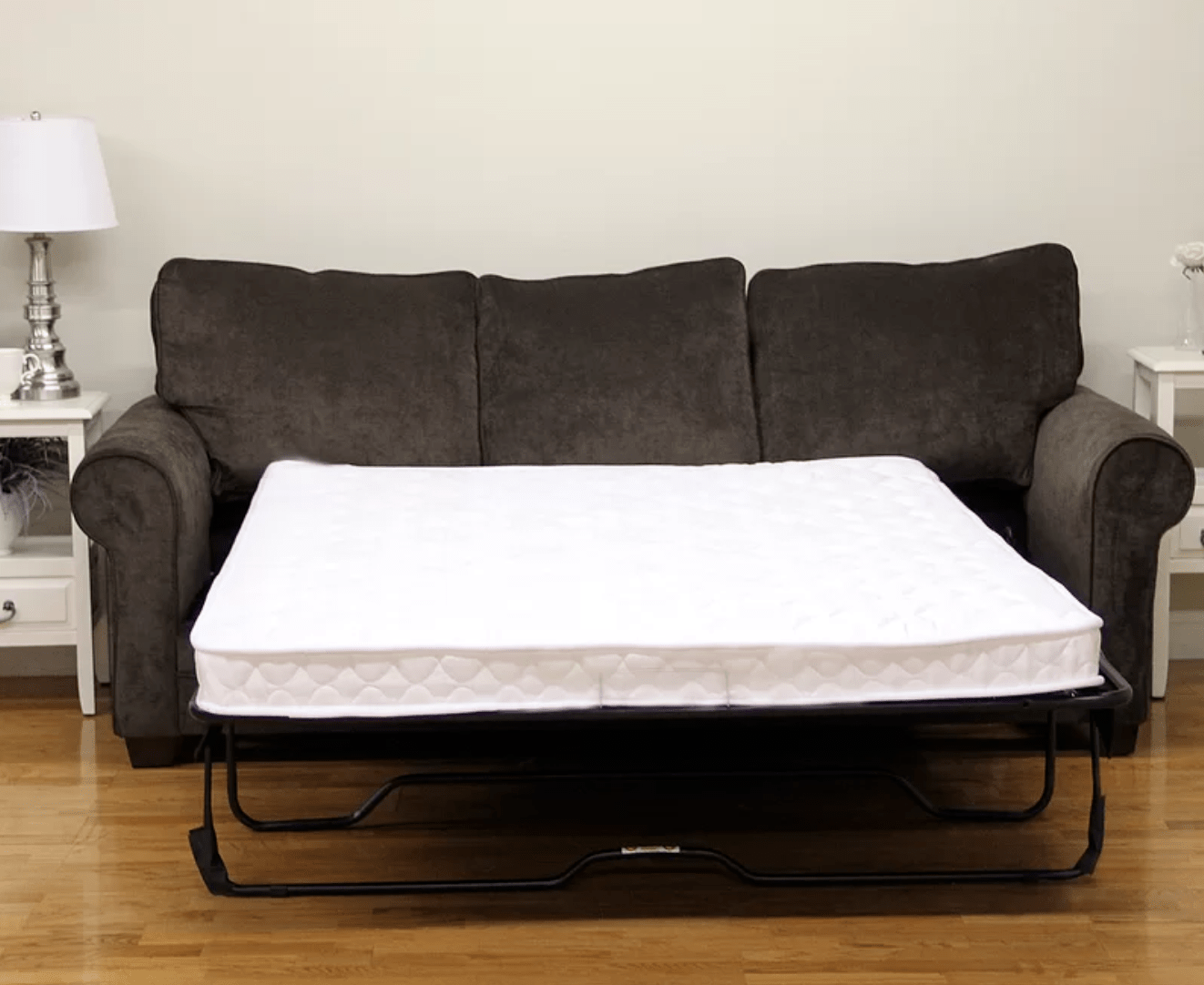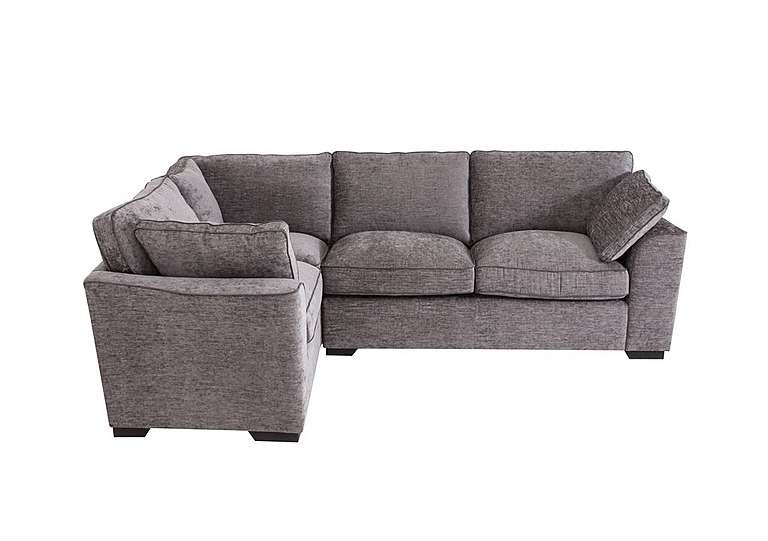Innerspring vs Memory Foam Mattress: What's the Difference?
When it comes to getting a good night's sleep, choosing the right mattress is crucial. With so many options out there, it can be overwhelming to decide which type of mattress is best for you. Two popular options on the market are innerspring and memory foam mattresses. While both offer unique benefits, there are some key differences between the two that you should consider before making a purchase. In this article, we will break down the differences between innerspring and memory foam mattresses to help you choose the best option for your needs.
Understanding the Pros and Cons of Innerspring and Memory Foam Mattresses
Before diving into the differences, it's important to understand the benefits and drawbacks of both innerspring and memory foam mattresses. Innerspring mattresses are known for their traditional coil support system, which can provide a bouncy and supportive feel. They also tend to be more affordable compared to memory foam mattresses. However, they may not offer as much pressure relief and can be prone to sagging over time. On the other hand, memory foam mattresses are known for their contouring support and pressure relief. They can also help with motion isolation, making them a great choice for couples. However, they can be more expensive and may retain heat, making them uncomfortable for hot sleepers.
Choosing the Right Mattress: Innerspring vs Memory Foam
The key to choosing the right mattress is understanding your own sleep needs and preferences. If you prefer a bouncy feel and do not struggle with pressure points, an innerspring mattress may be the better option for you. If you are looking for extra support and pressure relief, a memory foam mattress may be the way to go. Keep in mind that both types of mattresses come in various firmness levels, so it's important to try them out in person or read reviews to determine which one will work best for your body type and sleeping position.
The Key Differences Between Innerspring and Memory Foam Mattresses
The main difference between innerspring and memory foam mattresses lies in their construction and materials. Innerspring mattresses typically have a support system made up of steel coils, topped with a layer of padding for comfort. Memory foam mattresses are made of layers of foam, with the top layer being memory foam that conforms to your body shape. This difference in construction can lead to variations in comfort, support, and durability.
Comparing Innerspring and Memory Foam Mattresses: Which is Better?
There is no clear answer to which type of mattress is better, as it ultimately depends on your personal needs and preferences. Innerspring mattresses may be better for people who prefer a firmer, bouncier feel and do not struggle with pressure points. Memory foam mattresses may be better for people who need extra support and pressure relief, and do not mind a softer feel. It's important to test out both types of mattresses to see which one feels more comfortable for you.
Innerspring vs Memory Foam: Which Mattress Type is Right for You?
To determine which mattress type is right for you, consider your sleeping position, body weight, and any specific needs you may have. For example, if you are a side sleeper with back pain, a memory foam mattress may provide the necessary pressure relief for your hips and shoulders. If you are a stomach sleeper who weighs more than average, an innerspring mattress may offer the firm support you need. It's also important to consider your partner's needs if you share a bed, as their preferences may differ from yours.
Exploring the Differences Between Innerspring and Memory Foam Mattresses
In addition to construction and materials, there are other factors that differentiate innerspring and memory foam mattresses. These include motion isolation, edge support, and temperature regulation. Memory foam mattresses are known for their ability to isolate motion, meaning you won't feel your partner's movements as much throughout the night. Innerspring mattresses, on the other hand, may have better edge support, making it easier to get in and out of bed. When it comes to temperature regulation, memory foam mattresses can retain heat, while innerspring mattresses tend to have better airflow.
Innerspring vs Memory Foam: Which Offers Better Support and Comfort?
Both innerspring and memory foam mattresses can offer good support and comfort, but it ultimately depends on your individual needs. Innerspring mattresses may provide better support for heavier individuals, while memory foam mattresses may be more supportive for those with chronic pain. It's important to try out both types of mattresses to see which one offers the right balance of support and comfort for your body.
Understanding the Construction and Materials of Innerspring and Memory Foam Mattresses
As mentioned earlier, the construction and materials used in innerspring and memory foam mattresses are different. Innerspring mattresses have a support system made of steel coils, while memory foam mattresses have layers of foam, including a top layer of memory foam. In addition, some memory foam mattresses may also include other layers, such as latex or gel-infused foam, for added comfort and support. It's important to consider the materials used in a mattress, as they can affect its overall feel and durability.
The Ultimate Comparison: Innerspring vs Memory Foam Mattresses
In conclusion, there are several key differences between innerspring and memory foam mattresses. Innerspring mattresses are known for their bouncy feel and affordability, while memory foam mattresses offer contouring support and pressure relief. When choosing between the two, it's important to consider your individual needs and preferences, as well as the construction and materials of each mattress. By doing so, you can find the perfect mattress that will provide you with the support and comfort you need for a good night's sleep.
Additional Differences Between Innerspring and Memory Foam Mattresses
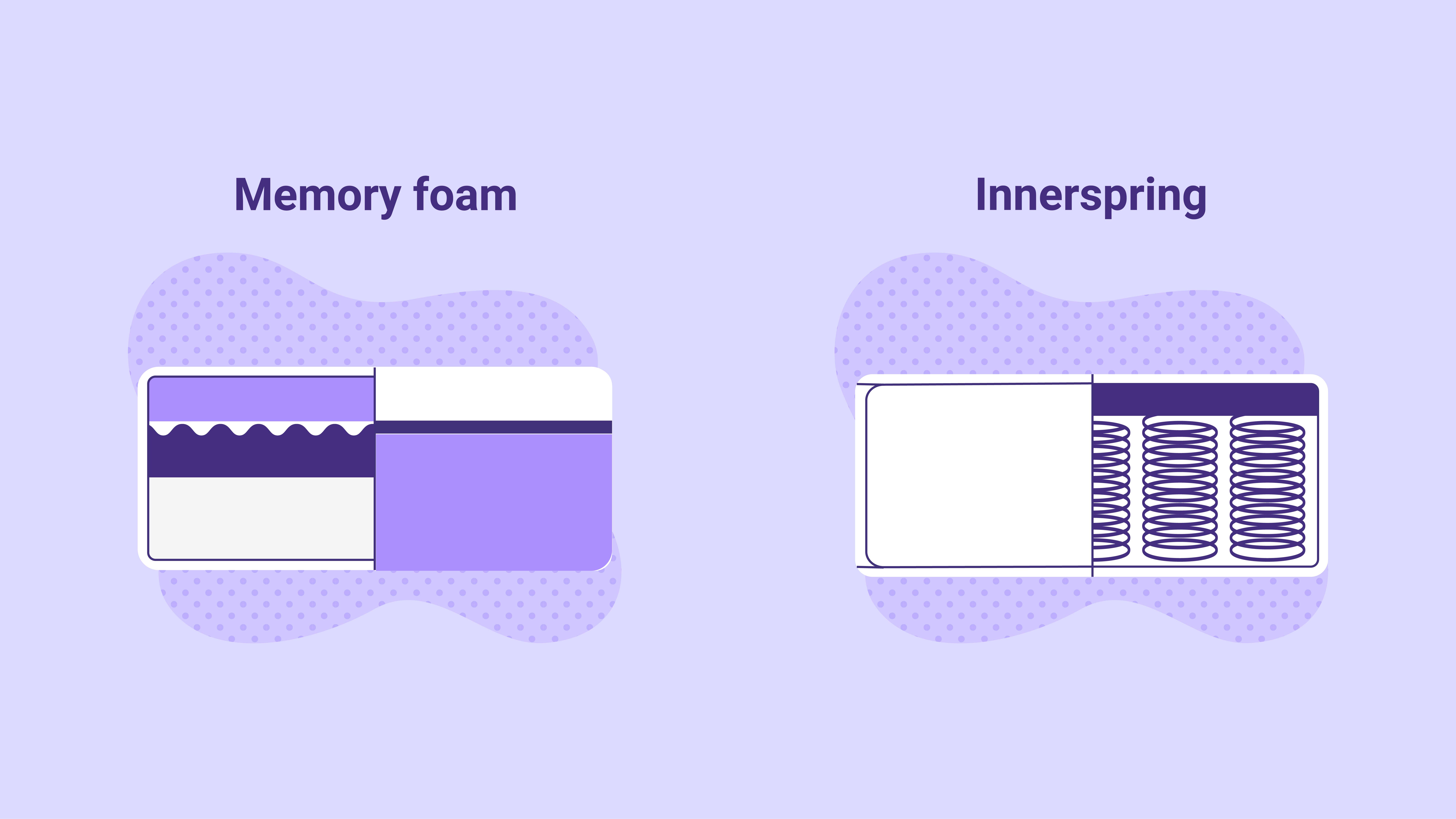
Support and Pressure Relief
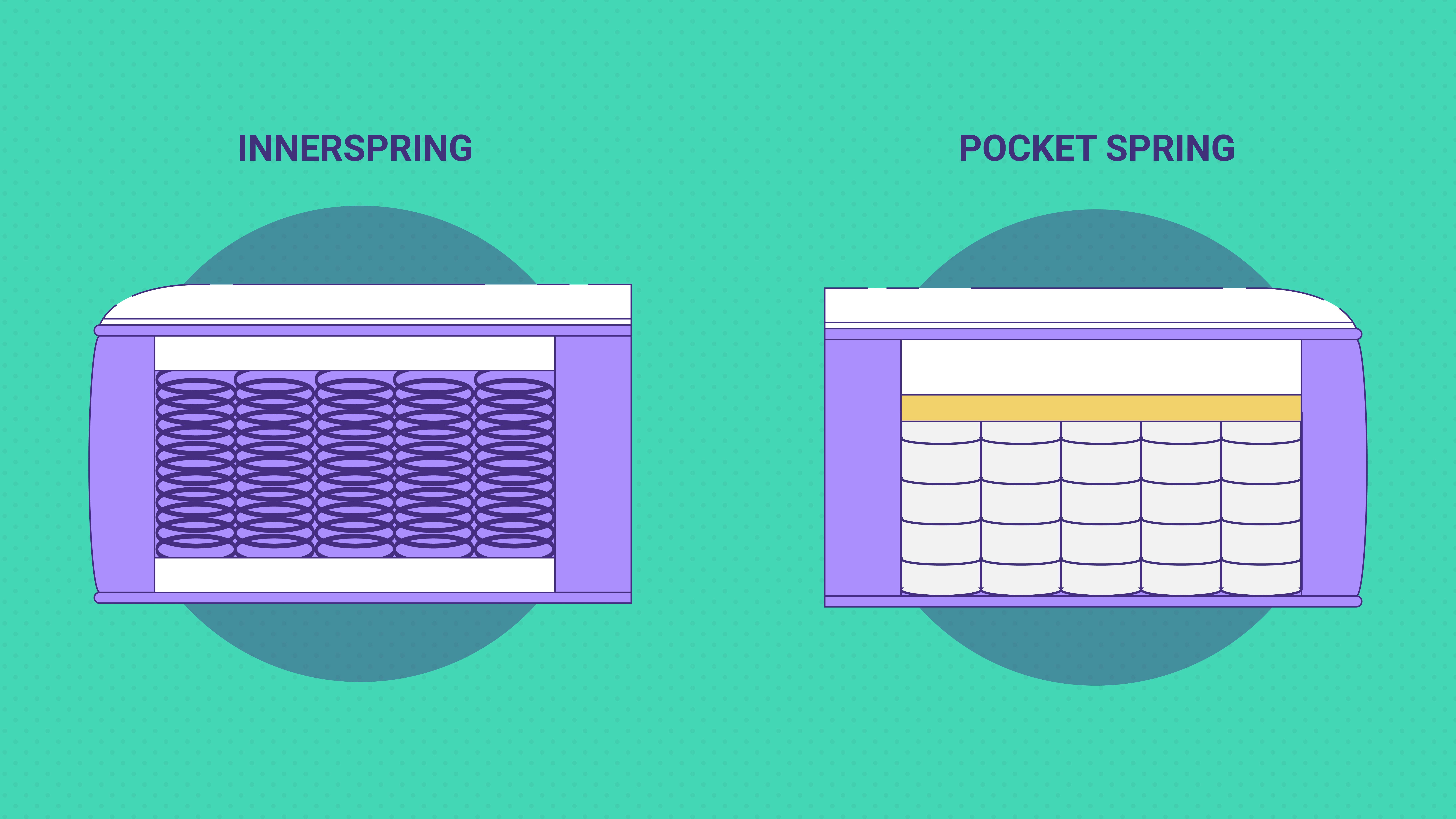 One of the biggest differences between innerspring and memory foam mattresses is the level of support and pressure relief they provide.
Innerspring mattresses
use a network of coils or springs to support the body, while
memory foam mattresses
use layers of foam that conform to the body's shape. This means that innerspring mattresses are better for those who prefer a firmer and more responsive surface, while memory foam mattresses are better for those who want a softer and more contouring feel.
Memory foam
is also known for its ability to relieve pressure points, making it a great choice for those who suffer from chronic pain or discomfort.
One of the biggest differences between innerspring and memory foam mattresses is the level of support and pressure relief they provide.
Innerspring mattresses
use a network of coils or springs to support the body, while
memory foam mattresses
use layers of foam that conform to the body's shape. This means that innerspring mattresses are better for those who prefer a firmer and more responsive surface, while memory foam mattresses are better for those who want a softer and more contouring feel.
Memory foam
is also known for its ability to relieve pressure points, making it a great choice for those who suffer from chronic pain or discomfort.
Motion Isolation
 Another important factor to consider when choosing between innerspring and memory foam mattresses is
motion isolation
. Innerspring mattresses tend to have more bounce and transfer more motion, which can be disruptive for those who share a bed with a partner. On the other hand, memory foam mattresses absorb and isolate motion, making them a better choice for couples or those who are easily disturbed by movement during the night.
Another important factor to consider when choosing between innerspring and memory foam mattresses is
motion isolation
. Innerspring mattresses tend to have more bounce and transfer more motion, which can be disruptive for those who share a bed with a partner. On the other hand, memory foam mattresses absorb and isolate motion, making them a better choice for couples or those who are easily disturbed by movement during the night.
Temperature Regulation
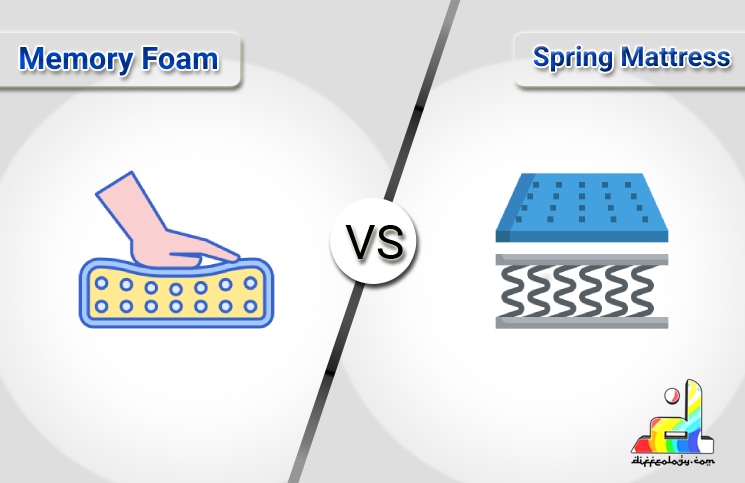 Temperature regulation is a crucial aspect to consider when it comes to sleeping comfortably.
Innerspring mattresses
tend to have better airflow due to the open space between the coils, making them a cooler option for hot sleepers. However,
memory foam mattresses
can retain heat, which may be uncomfortable for some individuals. To combat this, many memory foam mattresses now come with cooling gel or other materials to help regulate temperature.
Temperature regulation is a crucial aspect to consider when it comes to sleeping comfortably.
Innerspring mattresses
tend to have better airflow due to the open space between the coils, making them a cooler option for hot sleepers. However,
memory foam mattresses
can retain heat, which may be uncomfortable for some individuals. To combat this, many memory foam mattresses now come with cooling gel or other materials to help regulate temperature.
Durability and Longevity
 When investing in a mattress, it's important to consider its durability and longevity.
Innerspring mattresses
typically have a shorter lifespan compared to memory foam mattresses. This is because the coils can wear out or become damaged over time, leading to sagging and discomfort. In contrast,
memory foam mattresses
are known for their durability and can last for up to 10 years with proper care.
In conclusion, both innerspring and memory foam mattresses have their own unique advantages and disadvantages. It's important to consider your individual sleep preferences and needs when choosing between the two.
Innerspring mattresses
are better for those who prefer a firmer and more responsive surface, while
memory foam mattresses
are better for those who want a softer and more contouring feel. Ultimately, the best mattress for you is one that provides the right balance of support, pressure relief, and comfort for a good night's sleep.
When investing in a mattress, it's important to consider its durability and longevity.
Innerspring mattresses
typically have a shorter lifespan compared to memory foam mattresses. This is because the coils can wear out or become damaged over time, leading to sagging and discomfort. In contrast,
memory foam mattresses
are known for their durability and can last for up to 10 years with proper care.
In conclusion, both innerspring and memory foam mattresses have their own unique advantages and disadvantages. It's important to consider your individual sleep preferences and needs when choosing between the two.
Innerspring mattresses
are better for those who prefer a firmer and more responsive surface, while
memory foam mattresses
are better for those who want a softer and more contouring feel. Ultimately, the best mattress for you is one that provides the right balance of support, pressure relief, and comfort for a good night's sleep.
